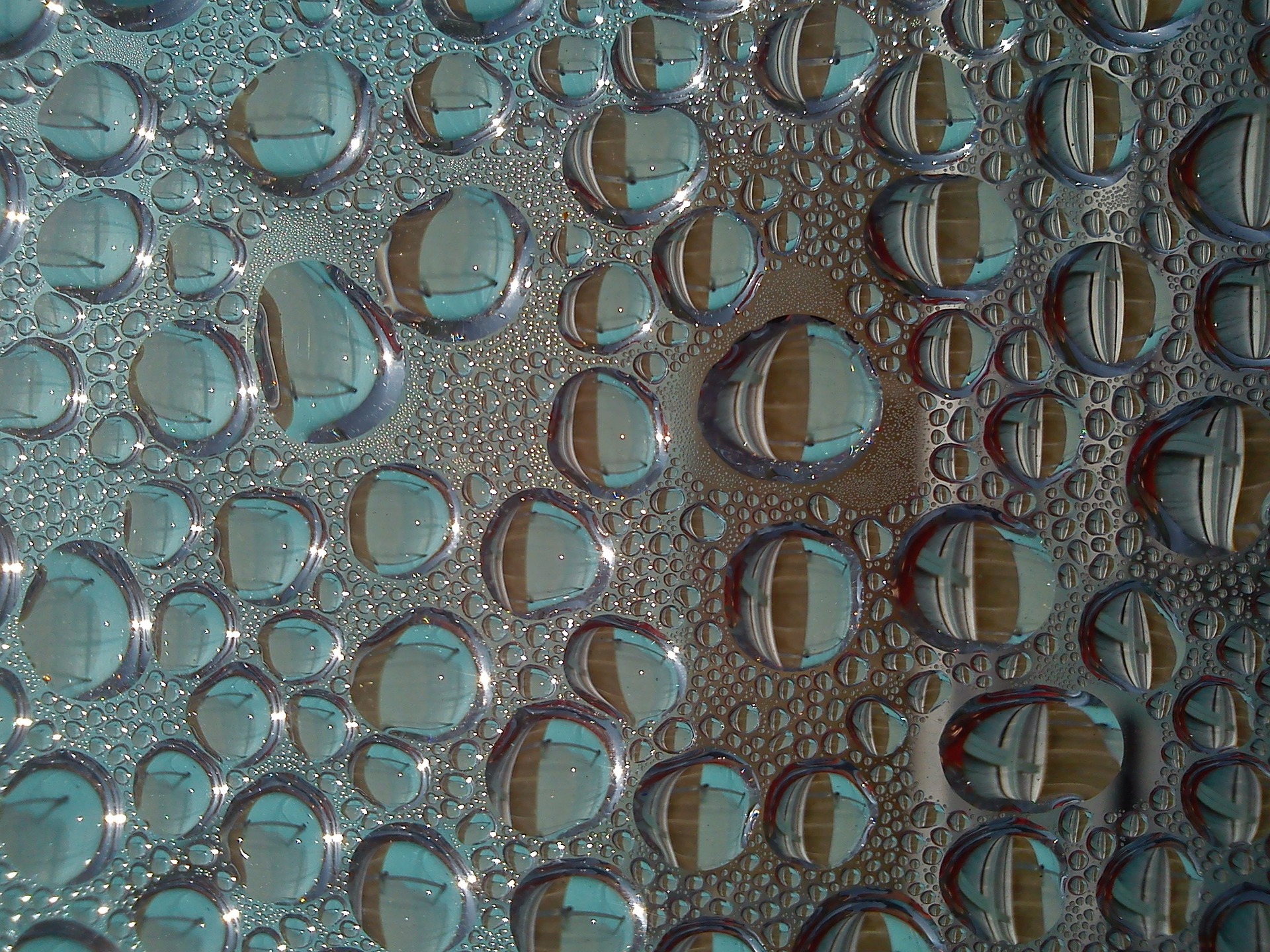Are your windows also constantly fogging up, and no matter how long you ventilate, the moisture doesn’t dry? An energy expert explains why this happens – and what you can do about it.
Especially in winter, you notice it: window panes fog up, and condensation forms in thick drops. Why does this happen? The quick answer: the humidity is too high, and you should ventilate to protect yourself from moisture damage and mold. Because the water film is an optimal breeding ground for the spores.
Who wants to know it more precisely: If the humidity is too high and it hits cold surfaces in a room – which windows and walls often are – it condenses on them. Directly at the point where condensation occurs, the humidity is 100 percent. And this is the case even if a hygrometer measures a much lower humidity at another point in the room.
Risk of mold from 70 percent humidity
However, the problem behind this, the formation of mold on damp surfaces, starts earlier. From a relative humidity of about 70 to 80 percent, the risk increases that the fungi grow, as Arian Freytag of the consumer center Mecklenburg-Western Pomerania explains.
The deceptive: At a wall, one sees no condensation. It doesn’t even feel damp since its structure can absorb a certain amount of moisture, according to Freytag. This is not the case on windows, so the humidity is more likely to be visible to us.
Ideal: 40 to 60 percent
Safe from an infestation is usually at a humidity of 40 to 60 percent in the rooms. This can be achieved by two to three airings per day, each for a maximum of three to five minutes, according to the advice of Arian Freytag, who heads the Building, Housing and Energy department at the consumer advice center in Rostock. In addition, damp window panes should be regularly wiped dry with a cloth.
To ventilate until the condensation is gone from the window pane is what Freytag calls “perverse.” “You then air for far too long.” And the longer you ventilate, the more heat you extract from the room air and the walls. As a result, they have to warm up again, which costs more energy and money than necessary.
That’s why Freytag recommends wiping the condensation off the window, then ventilating. And do this until the fogging of the panes, which occurs almost immediately when the window is opened, is gone again. Then wipe off any remaining water from the window pane.
- source: ntv.de, awi/dpa/picture: Bild von Rupert Kittinger-Sereinig auf Pixabay
This post has already been read 1799 times!



